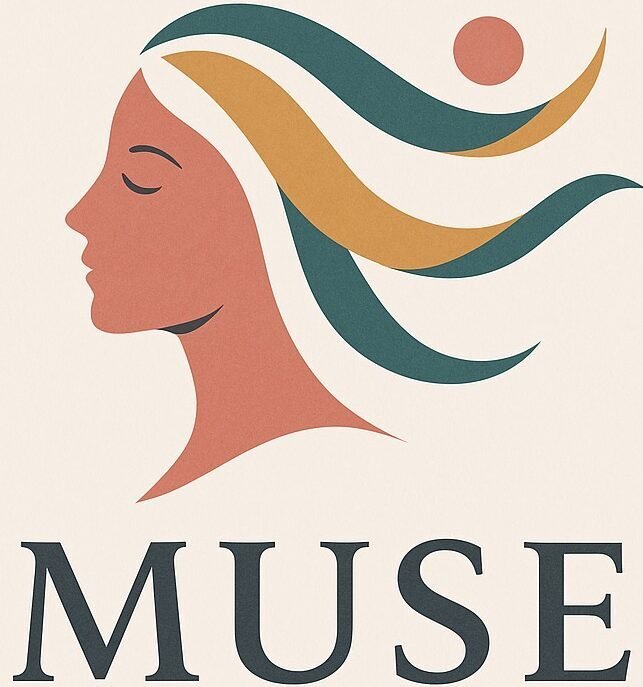Leadership isn’t static—it’s a concept that has shifted with history, technology, and culture. What scholars believed about leadership in 1869 looks radically different from the qualities we expect from leaders today. Understanding the evolution of leadership theories helps professionals see how far we’ve come—and what it takes to lead in the modern world.
Linda Cureton, a leadership scholar and executive, explains this journey from the outdated “Great Man” theory to today’s emphasis on authenticity, emotional intelligence, and transformational leadership.
Challenge 1: The Great Man Theory of 1869
In the late 19th century, leadership was defined by the Great Man theory. A “great leader” was tall, white, male, handsome, and baritone-voiced. These traits were viewed as innate—you were born to lead, or you weren’t.
Why This Matters
The Great Man theory excluded women and minorities, reinforcing the idea that leadership was predetermined and exclusive.
The Reframe
- Leadership Is Not Born, It’s Built. Skills and emotional intelligence matter more than appearance.
- Diversity Expands Leadership. The traits of great women leaders prove influence isn’t tied to gender or race.
- From Great Man to Great Human. Leadership is about impact, not identity.
Key Insight: Today, leadership isn’t inherited—it’s developed.
Challenge 2: Industrial Age Leadership (1920s–1940s)
By the early 20th century, leadership theories shifted to focus on efficiency and production. Leaders were tasked with improving assembly lines, supply chains, and factory output.
Why This Matters
This era tied leadership to management—commanding processes, not inspiring people.
The Reframe
- Efficiency Is Necessary, But Not Enough. Leaders must drive purpose, not just productivity.
- Management Organizes, Leadership Inspires. The two complement but aren’t interchangeable.
- Beyond Widgets. Human motivation matters as much as production metrics.
Pro Tip: Leaders who focus only on output risk losing the loyalty of the people producing it.
Challenge 3: Information Age Leadership (1950s–1960s)
The rise of computers, programming, and information systems brought bureaucratic and matrix organizations. Leaders sat atop pyramids, managing layers of hierarchy.
Why This Matters
This era emphasized structure and control. But rigid hierarchies often stifled innovation and responsiveness.
The Reframe
- Vision Matters More Than Hierarchy. Titles don’t guarantee influence.
- Leaders as Conductors. Like an orchestra conductor, leaders must integrate diverse functions into harmony.
- Adaptability Over Rigidity. In fast-changing environments, flexibility wins over bureaucracy.
Lesson Learned: Authority doesn’t come from position—it comes from vision and authenticity.
Challenge 4: Modern Leadership Theories
Today’s conversations center around transformational leadership, servant leadership, adaptive leadership, and authentic leadership.
Why This Matters
Modern leadership emphasizes courage, vulnerability, and self-awareness—qualities once dismissed as “soft.”
Traits of Modern Leaders
- Visionary: Setting long-range goals and inspiring others to reach them.
- Authentic: Communicating with transparency and honesty.
- Adaptive: Thriving in complexity and change.
- Empathetic: Building trust through emotional intelligence.
Real Talk: Today’s leaders don’t just direct people—they develop people.
Challenge 5: Leadership vs. Management
Cureton draws a clear distinction between managers and leaders:
- Leaders: Visionaries who set direction, communicate meaning, and inspire action. They are self-aware, courageous, and willing to be vulnerable.
- Managers: Builders who create processes, develop efficiency, and manage the status quo.
Why This Matters
Both roles are necessary—but only leadership creates long-term transformation.
The Reframe
- Leaders Create Meaning. They help people make sense of chaos.
- Leaders Build Resources. They ensure teams have what they need.
- Leaders Regulate Stress. They prevent distraction and foster focus.
Leadership Hack: Managers keep the ship steady. Leaders chart the course.
Conclusion: The New Great Theory of Leadership
From the Great Man theory to transformational leadership, one truth is clear: leadership is not about birthright—it’s about growth, authenticity, and courage.
Today, the most effective leaders aren’t defined by gender, race, or stature. They are defined by their ability to inspire, adapt, and communicate with authenticity.
Call to Action
If you want to break through career ceilings, focus less on technical mastery and more on leadership growth. Develop your self-awareness, practice vulnerability, and lead from the balcony. Remember: history proves that leadership evolves—and your journey is part of shaping its future.



